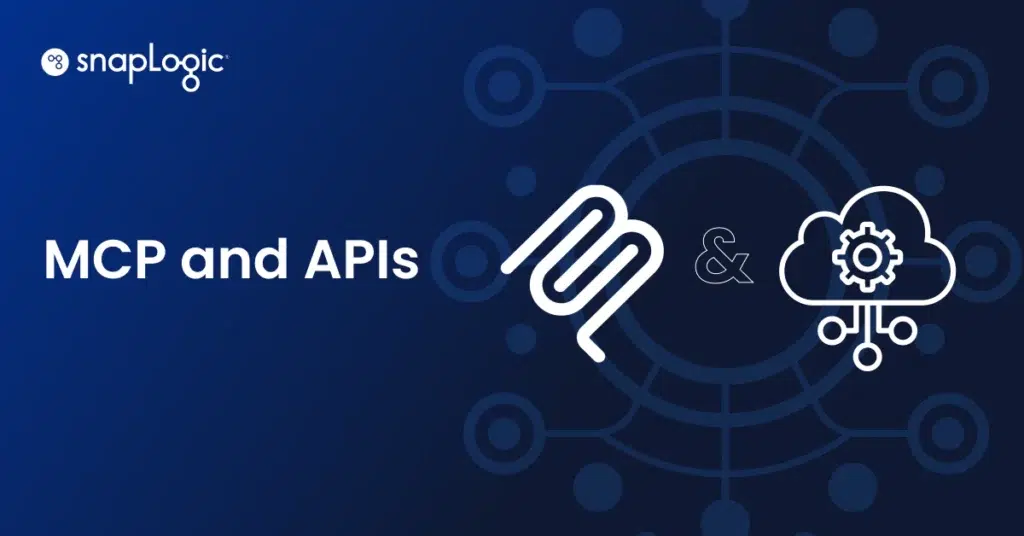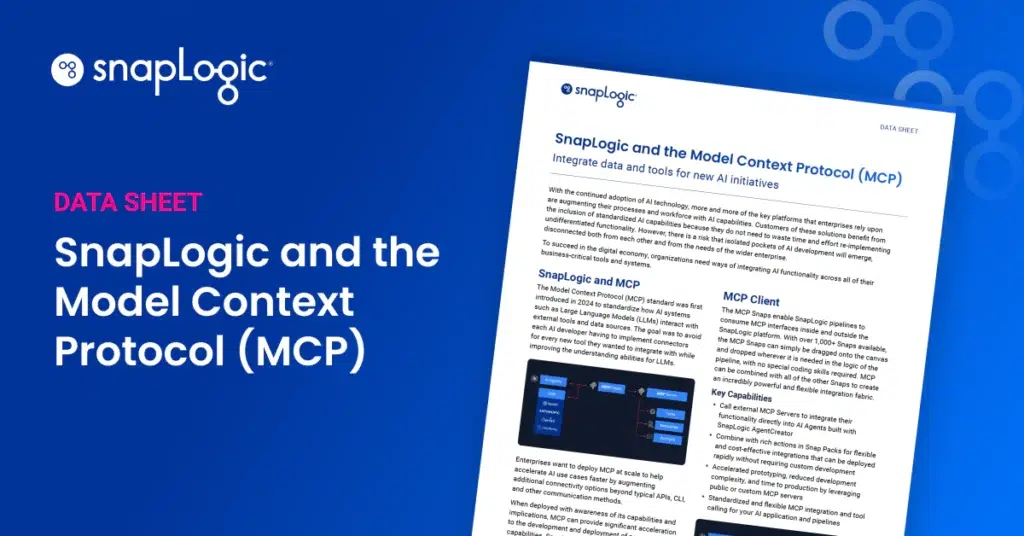What is Spark SQL?
Spark SQL is a module for Spark that allows for the processing of structured and semi-structured data. These types of data are collections of records. They can be described using a schema with their types (such as JSON, Hive Tables, Parquet). They can also be related to column names and those column’s nullability. Spark SQL’s interface provides Spark with greater structural information about the data involved, as well as the task being set.
The additional information provided by Spark SQL allows it to be more efficient and faster. Spark SQL can also be optimized to suit the type of computation that is being asked of it. Spark SQL can be further combined with common programming languages such as Python, Scala, or Java. This makes their use in data processing engines easier and more powerful.
Spark SQL is essentially the interface for Spark’s underlying in-memory distributed platform. It streamlines how data is queried from external sources and Spark’s own distributed datasets. The use of Spark SQL creates a unified platform, meaning it easily combines both loading and querying data. Its DataFrames abstraction also means that structured datasets become easier to use. The powerful abstractions allow developers to intermix SQL commands for external data with analytics requests.
One of the main uses of Spark SQL is that it can read and write data. Spark SQL can do this in different structured formats, including JSON, Parquet, and Hive Tables. Spark SQL allows users to run SQL queries on relational data it imports from Parquet files and Hive tables. It can also write RDDs to the same sources.
Spark SQL has a wide range of users, including analysts, data scientists, and business intelligence providers. Its speed and relative ease of use make it a popular choice for executing SQL queries in Spark and reading SQL data.









